John Carpenter is a legend who needs no introduction. This director has built a distinct identity for himself over the years, but he has yet to achieve economic success.
Despite almost being rejected before taking his initial steps in Hollywood, the director was able to carve out a reputation for himself, with his approach grabbing the attention of a devoted audience. His films did not always do well in theatres, but they become cult classics over time.
You’d discover a man living off his royalties and playing video games if you looked at his Twitter account today. It’s a poor imitation of the bold thought that transformed Hollywood’s perception of things.
His unique style of horror filmmaking, the influence of HP Lovecraft in his films, and his daring attempts to question the status quo set him apart from the competition. The Apocalypse trilogy is a highlight of his long and illustrious career. These three films were filmed over a thirteen-year period and have nothing to do with one another.
What binds them together is a common theme of decline into lunacy, with true pessimism woven throughout each storey. In this video, we’ll take a deeper look at the three films in order to offer you a better understanding of what makes them so great.
What Is Apocalypse Trilogy?
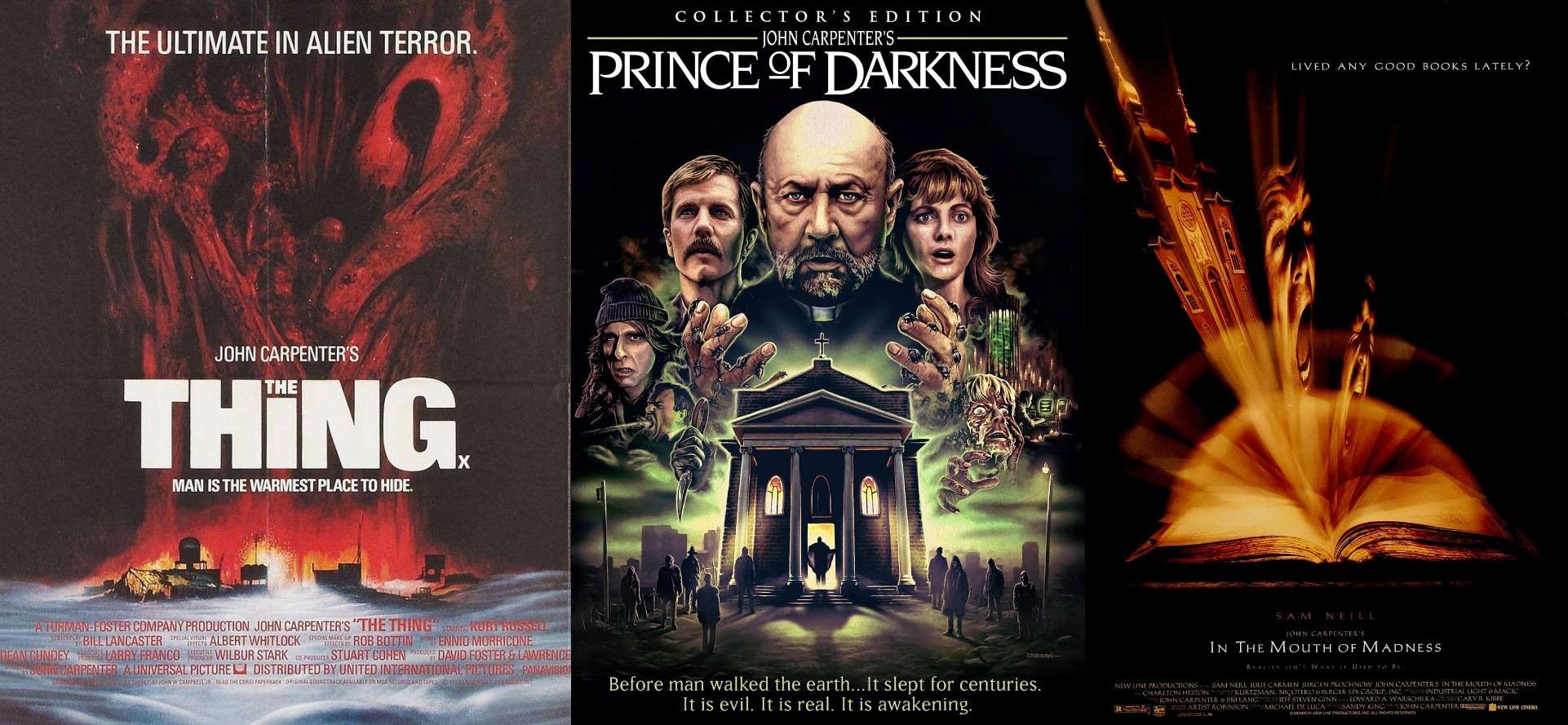
The apocalyptic trilogy was not a planned effort, and the films were not even shot in the same order. These films were made during a thirteen-year period, as previously stated. The only visible resemblance is the doom motif.
Though there is no single moment of recognition that this is happening, the world slides into an inevitable steady degradation before your very eyes. Nothing happens overnight, and we are left to observe as intrinsically human qualities like connection, faith, culture, and belief all fade away.
The ever-darkening worldview of John Carpenter is clearly visible through the narrative and the open-ended movies always leave you in a state where the only possible resolution you can figure is a negative one.
In a way, the Apocalypse trilogy is also connected by the similar setting seen in each film, kind of like Roman Polanski’s apartment trilogy, which included the movies Repulsion, Rosemary’s Baby, and The Tenant. All of these were set in an apartment, and portrayed a shocking portrait of modern domestic horror.
Let’s Explore The 1st Apocalypse Trilogy Movie – The Thing (1982)
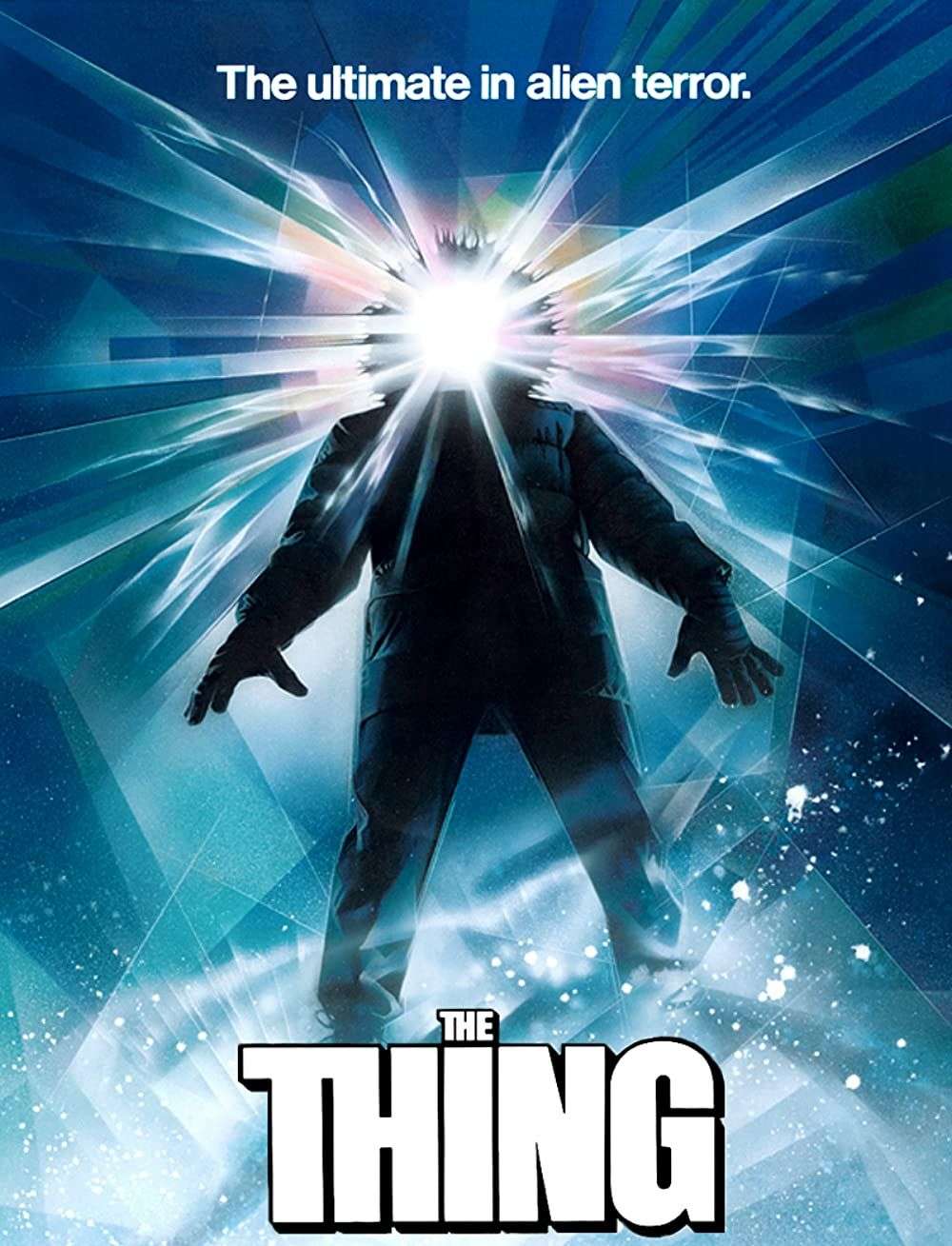
The film begins with an alien spaceship falling into the Earth’s atmosphere near Antarctica, but the scene cuts off before we learn what happens to the object. It’s the winter of 1982 in Antarctica, and an American research institution had an unusual encounter.
They see a sledge dog being chased by a helicopter from the Norwegian research base. As the helicopter touches down, they notice two men who appear lost and are feverishly speaking in their native tongue. One of them clumsily throws a grenade behind him, causing the chopper to be destroyed along with him.
They are confused about the whole incident, and so the helicopter pilot MacReady and the doctor Copper head to the Norwegian research base to investigate further. They arrive to find the base in ruins – something seems to have killed everyone.
The place has been burned down and the corpses have been frozen in the cold. They discover a burned and frozen body of a humanoid creature and bring it back to their facility for examination. Blair conducts a thorough examination of the body and discovers normal human internal parts behind the distorted surface.
They keep the sledge dog that was being chased in the shed with their own dogs, while the other animals appear to be afraid of the newcomer. The new dog soon transforms into a lethal beast and attacks the other dogs. As the mayhem unfolds, the dog handler stares in disbelief, and Mac warns the others after hearing the commotion.
The strange thing is burned with a flamethrower after being shot at. An autopsy on the creature this time reveals a shocking fact. They realize that it is actually an alien entity that can take the form of those it kills.
A video tape of the Norwegian team also reveals a lot about the alien entity. MacReady immediately flies to the Norwegian facility again along with Norris and Palmer. This time they discover the wreckage of the alien spaceship and the crater, and Norris estimates it to be over a hundred-thousand years old.
Mac feels that the creature attacked the Norwegian team immediately thawing out and Blair’s study back at the base reveals something far more serious. It shows a 75% possibility that someone in the base is already infected, and to make matters worse, the computer analysis shows that if the thing was exposed to the world population, the entire world would be transformed and taken over by the alien organism in about three years.
The group locks up the remains in the storage room, though it may be a bit too late for such containment efforts. Bennings and Windows are preparing the room to store the remains found at the Norwegian research base when suddenly there is movement under the blanket that is covering them.
Bennings is assaulted by something with tentacles, and by the time Windows is able to summon the rest of the crew, his colleague has been pulled elsewhere. He is beyond saving when they finally discover him in the snow, so the group incinerates him.
Blair loses his composure because the notion that the thing could destroy the planet consumes him. He murders the remaining sledge dogs, as well as the helicopter and communication equipment, to ensure that nothing leaves the location and contaminates the rest of the globe. Because of this, the crew considers him a threat and imprisons him.
This is when the camp descends into a hell of fear and paranoia. Nobody is sure who the thing might be impersonating and Dr. Copper suggests a blood serum test to determine the infected person. But someone seems to have deliberately slashed the blood bags to prevent the test from taking place.
Copper and Gary are obvious suspects because they had access to the blood storage and Clark is viewed with suspicion because of his association with the dogs. MacReady takes over as the leader and quarantines the three trying to find out who the thing might be. In the meantime, a violent storm hits the camp, plummeting the temperatures outside to unbearable lows.
They are forced to hunker down, and Fuchs suggests everyone eat from their own cans and prepare their own food to avoid contamination. Fuchs succumbs to the creature the next evening, and the squad discovers his burnt remains outside in the snow.
Either the creature killed him or he killed himself in order to prevent being taken over. Mac tells Windows to return to the building, and he and Nauls go out to investigate. Later, Nauls returns without Mac because he believes Mac is tainted after discovering unclean, torn clothing bearing his name.
While Mac is stuck outside in the cold, he grabs some dynamite and threatens to blow everything up if he isn’t allowed inside. Norris appears to have a heart attack in the midst of the turmoil, and a gigantic mouth emerges from his chest, ripping Copper’s arms off.
Mac deals with the threat using a flamethrower and comes up with an innovative idea to find out who is infected. Everyone is asked to provide a blood sample which can then be poked with a hot wire. Mac believes that in an attempt to defend itself, the thing will transform the infected blood sample into something dangerous.
The testing process turns ugly, with Clark killed as he tries to attack MacReady. The test continues, and Palmer turns out to be the thing. Windows hesitates to use the flamethrower on the creature, and gets his head bitten off as a result. MacReady eliminates the threat and now only three survivors remain besides him – Nauls, Garry, and Childs.
They realize that Blair, whom they had locked in the shed, is the last of the thing creatures, and it has plans to freeze itself and wait for a rescue team to turn up. They set fire to the facility, but an infected Blair kills Garry. Later, after MacReady blows up Blair and the facility, Nauls is never seen again.
Childs then appears, claiming to have become disoriented in the snow. The two men take sips of their whiskey as they sit there, unsure if the other is the thing. The movie comes to an end on this dark and pessimistic note.
Let’s Explore The 2nd Apocalypse Trilogy Movie – Prince Of Darkness (1987)
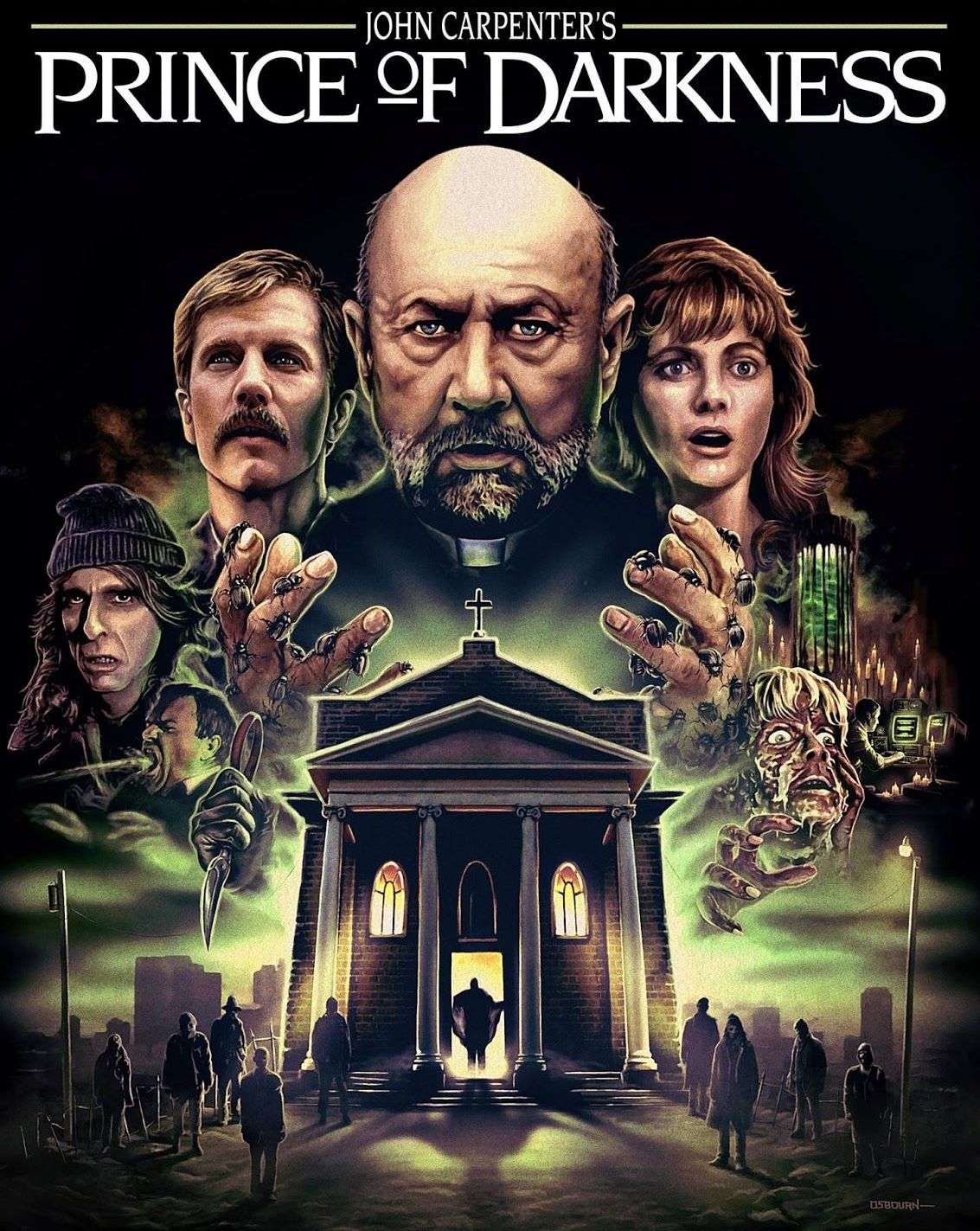
A priest is seen dying while clutching the metal box he has been guarding. We quickly discover why he kept it in his possession: within the box is a key that unlocks a tunnel beneath a cathedral. A terrible secret is hidden in a room beneath the cathedral.
To examine this unusual room, a Vicar enlists the help of a professor and some physics students. Inside, there’s a cylinder with some greenish, gooey liquid and a book with inscriptions that the gang is attempting to.
They find out that the liquid is actually a living organism: Satan himself. As the students try to analyze the liquid, they find complex differential equations that send the computer into a data overload. Two of the students suffer horrifying and brutal deaths. In the following days, bits of the liquid escape the container and the group is possessed by it one at a time.
One of the first students to die, Wyndham, returns from the dead with a message from Satan, before exploding into bugs which crawl out of his body. The survivors try to escape from the church, but some crazy possessed homeless people have surrounded the building. The professor, Howard Birack, and the Vicar realize that Satan is the son of a very powerful force of evil, the anti-God. The liquid is working to bring his father into the world, to trigger eternal damnation.
The last survivors have a vision that serves as a warning to humanity, predicting that evil will seize control of the future. They must get together to thwart Satan’s intentions. But things get even worse when one of the pupils, Kelly, ingests the green substance and transforms into Satan’s manifestation.
She turns into a disfigured entity with telekinetic powers, and uses a powder puff mirror as a portal to summon the Anti-God. When this mirror proves to be too small, she uses a large wall mirror instead. One of the other students, Catherine, loves Marsh, and she is caught in a dilemma when she must choose whether to stop Satan or tosave Marsh from an attack by a possessed Conor.
She tackles Kellyand they both fall through the mirror into the other realm. The Vicar uses an axe to smash the mirror, and Satan, anti-God, and Catherine are stuck on the other side. We witness the survivors being rescued, and it appears like Satan’s nefarious plans have been foiled. However, at the conclusion of the film, everything changes.
Marsh has another dream, this time of a possessed Catherine emerging from the chapel. When he wakes up, he discovers a deformed Catherine standing by him. He’s startled and rushes to the bedroom mirror, arms spread. The tragedy has barely just begun, we understand.
Let’s Explore The 3rd Apocalypse Trilogy Movie – In the Mouth Of Madness (1994)
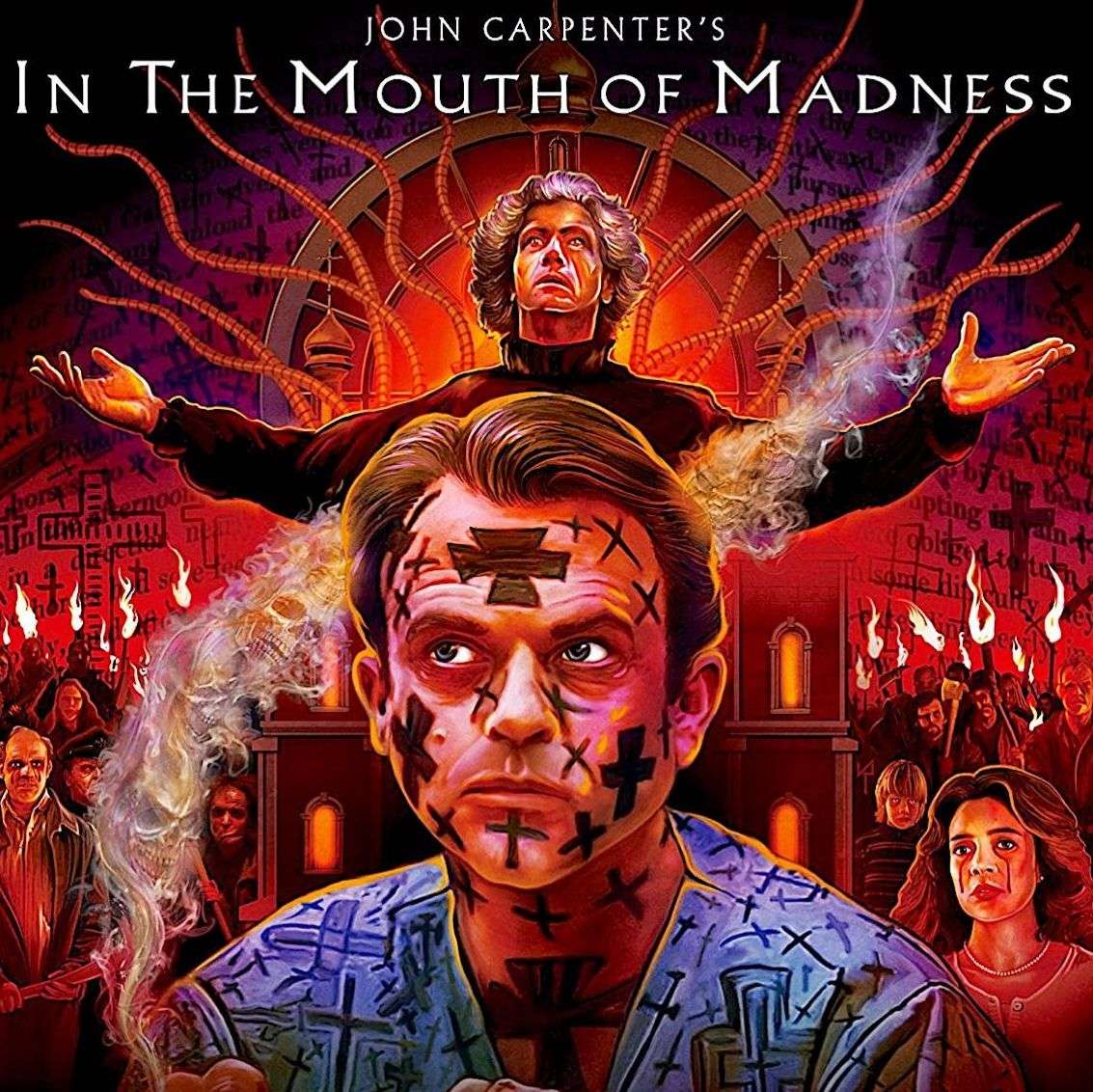
Sutter Caneis a popular horror novelist who has disappeared, and a private investigator named John Trentis investigating the case. After Arcane Publishing director Jackson files a claim against the writer, Trent is assigned to discover an incomplete concluding tale in one of Cane’s popular series.
Linda Styles, an editor, is assigned to assist Trent, but after reading a few manuscripts, Trent has some unsettling nightmares. Linda reveals that the novel has a negative effect on some readers, causing them to suffer visions, paranoia, and memory loss.
Trent finds a link in the book that points to a location, which is also the fictional setting in some of Cane’s works. Linda and Trent head to this fictional town called Hobb’sEnd, and during the journey, Linda has some strange sightings on the road.
When they get in town, they realise that the town is populated with characters from Cane’s writings, and even the landmarks seem to correspond to the narrative. Trent begins to suspect that everything they meet, from the lady who checks them into the hotel to the villagers, is based on the novel’s description.
The Black Church, one of the town’s buildings, is mentioned in the novels as polluting the entire area. A group of people arrives with guns to demand the release of a missing child from Cane, who is being held in the church, but they are attacked by attack dogs, which disperse them.
Although Trent is willing to go back to the city, Linda goes to the Black Church to face Cane, and this is when she is exposed to the final novel. It causes her to lose her mind, and one of the inhabitants warns Trent to leave the town before it is too late and the evil force infects him as well.
The man then commits suicide by shooting himself, because the novel dictated that he do so. Trent is cornered by monstrous mutant townspeople and he heads to the hotel only to find Linda in a similar mutated state.
No matter how hard Trent tries to drive away, he keeps being teleported back to the center of the town in the same way. He then wakes up in a confessional booth, and Cane reveals to him that the popularity of his stories will soon summon an ancient race of deadly creatures that will reclaim the world.
Cane also tells Trent that he is an invented character who must return, to kick off the destruction of humanity. He hands over the manuscript to Trent and then rips open his face to reveal a hole that leads to darkness. Trent tries to run, but monsters are chasing him through a long tunnel.
Trent is suddenly thrust back into reality, and no matter how hard he tries to destroy the manuscript, it keeps reappearing. He returns to Arcane Publishing and receives the shock of his life! The publisher informs him that there is no Linda and that he has been assigned to find Cane on his own.
Trent had previously delivered him the book a few months before, and it had already been put up for sale. Because of the novel’s popularity after only four weeks on the market, a film adaptation is in the works.
Trent is pushed over the limit by this knowledge, and he becomes insane. He murders some people with an axe and is eventually brought into a psychiatric hospital. The doctor listens to his story and dismisses it as madness. However, Trent wakes up the next day to find that everyone in the hospital has been murdered.
An ambulance radio says that the world has been taken over by mutant monsters, and chaos reigns outside, with slaughters and suicides abounding. Trent goes to see the film, and is seen laughing at his experience. The laughter soon turns into sobs as he realizes that he is merely a work of fiction!
Content for Philosophical Review of These Movies
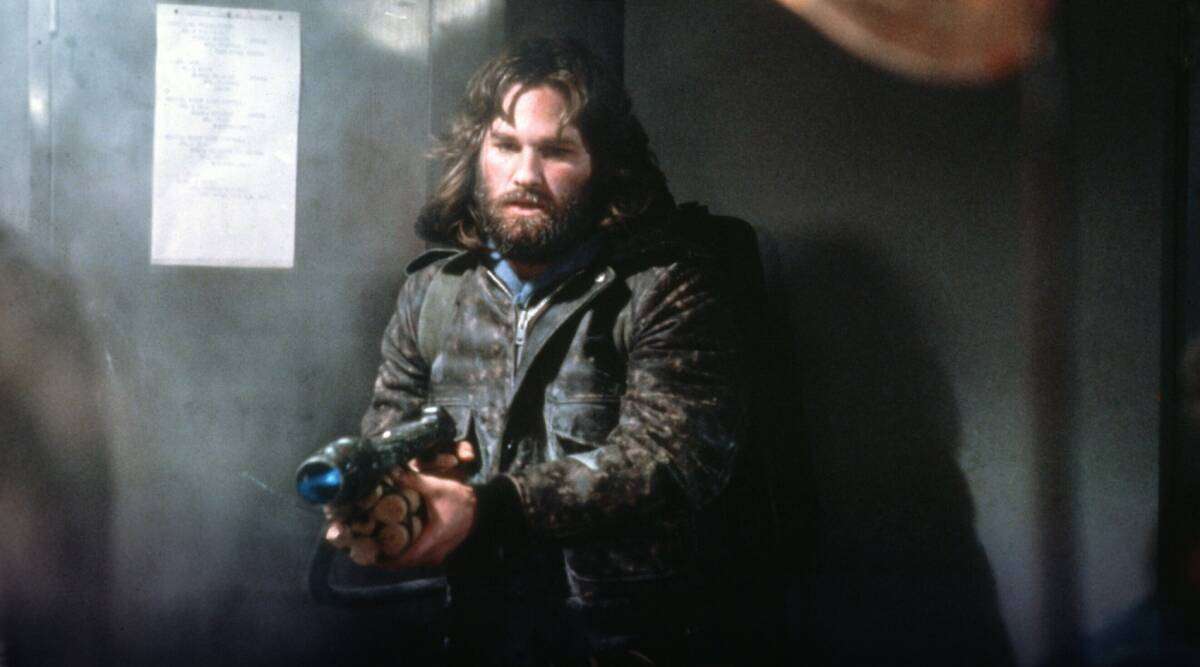
These three films were made at various eras, and everything about them was different, from the cast to the production firms. The only resemblance at first look appears to be the director, yet there is more to this trilogy than meets the eye!
It’s easy to overlook the powerful thematic foundations, but they’re what binds the three films together as a trilogy. We’d call this thematic undercurrent Cosmic Horror if we had to define it in one word.
This is a subject that horror fans usually associate with H.P. Lovecraft, and the major aim of the theme is to expose the insignificance of human laws and interests in front of the vastness of the universe.
John Carpenter has openly declared his admiration for Lovecraft, and his works often bear a clear resemblance toLovecraftian monsters. Such Lovecraftian traits certainly form the backbone of these movies, besides the obvious sense of doom.
Today, we might be regarding The Thing as one of Carpenter’s finest works, but back when it released a few weeks after Spielberg’s E.T. the response was disappointing. Although we consider this to be the first instalment of the Apocalypse trilogy, the Lovecraftian subject is only little explored.
For example, with features like the Antarctic location, which harkens back to Lovecraft’s At the Mountains of Madness, you have to read between the lines. The creature in the film is nearly a thousand years old, and we know very little about it. It’s akin to Lovecraft’s old Gods, who exist outside of human biology and comprehension.
The sense of doom in the three movies that we spoke about can be clearly observed in the apocalyptic consequences for humanity in every film. There is not a trace of hope in any of the outcomes, be it The Thing having the chance to infect the world, Anti-God taking over, or the ancient monstrous race regaining their position.
As far as Prince of Darkness is concerned, the story was written by Carpenter himself, though it is regarded as one of his lesser works. This movie provides more hints to the theme of the trilogy as we see an abundant use of Lovecraftian nods.
When the Christian theology of the story is removed, the dark beings resemble Lovecraftianancient Gods. The slumbering malevolence is hard to ignore, but the film doesn’t even go into detail about what would happen if anti-God were to be released.
The apocalyptic connotations will still be understood by the audience, and we will simply see the drama going to darkness rather than light. The ending makes it plain that humanity has no hope, as Satan’s scheme appears to be working.
Funnily enough, In the Mouth of Madness is hailed by many as one of the best Lovecraftian portrayals. From the very title to the content on show, the Lovecraftian theme is obvious, though this one is inspired by his works in general, and not just one particular story.
The presence of Lovecraftian monsters only confirms the suspicion and in the trilogy, this clearly has the most Lovecraftian substance. We have noticed that the versions of the apocalypse seen in the three movies varies greatly from one to the next.
The first and second movies for example do not show the scale of the threat that is about to endanger humanity. The third film, on the other hand, shows the total collapse of society and the earth.
The three films depict social collapse in slightly different ways, and the end of the world is also portrayed as a breakdown of order in each of them. When the crew in The Thing turns against each other or when the students in Prince of Darkness are possessed, the disorderly chaosis noticeable when the crew in The Thing turn against each other or when the students are possessed in Prince of Darkness. In the Mouth of Madness, Carpenter shows insanity spiraling from a bestseller, as the line between reality and fiction is blurred.
All three movies in the Apocalypse trilogy make it seem like the society, universe, and reality, are far more minuscule than we imagine. They are only as strong as the link that binds them together, a notion that is amplified when the world is on the verge of ending.
This is most likely why the trilogy has held up so well over time! It appeals to our obsession with the end of the world and takes a fresh look at the apocalypse. If you haven’t watched these classics already, it is high time that you did because these are all one-in-a-lifetime experiences!
Our Final Words

With such a small budget, few filmmakers could create such masterpieces. We’ve seen such genius in most of John Carpenter’s works, and he could make budget pictures look rich. His career in the United States, on the other hand, was pretty disappointing – he deserved so much more!
Carpenter once stated, “I’m a horror movie director in England, a filmmaker in Germany, but a bum in the United States”! This is largely due to the audience’s expectations, as they were used to happier material. Carpenter continues to work for the IRS despite all of the praise, and he appears to have accepted his fate as an unsung hero.
The times have been kind to him now, and he is finally getting his due recognition, slowly but steadily. People are starting to understand his work, and we are glad you are making an effort to acknowledge his finest works in this apocalypse trilogy!
